Can You Get A Flat Tire From Hitting A Curb?
The main reason why vehicles hit a curb is because of unseen objects or terrains on the road or even the weather. This usually happens at night, a strong rain, or during wintertime. From potholes, ice shards, and curbs, hitting a curb is certainly such a drag. It makes it even more stressful when you don’t have enough guidelines on what to do when running into one.
Hitting a curb can certainly ruin your tire. As much as it’s hard to see objects and debris on the side of the road, it’s also tough to determine what’s ahead especially when running at a high speed.
What Could Happen To Your Tire
Listing down all the possible scenarios on a curb hit will give you a more collected and analytical approach on the matter. It’s best to see all things and consider every possible details that may have happened during the hit.
It is important to know the possible results from curb hits. Aside from the rim and the suspension, tires can also tear up because of the traction and the uneven distribution of weight. It can also cause trouble from receiving cuts and collisions with sharp objects.
Treads May Incur Punctures Due To The Collision
The tread itself could get damaged if it receives the majority of the force depending on the degree of the hit. This would result in a possible slow leak and damaged cords. Even worse is that this scenario can cause a flat tire. It is true, however, that treads are more protected compared to the sidewalls, but it may fail to completely protect the whole tire from a strong hit.
Even objects that aren’t that sharp could still penetrate the tread if the trajectory of the object is direct to the tread and if the speed is too high.
The Tire Bead and Tire Belt May Not Be Able To Withstand The Force Of The Collision
As we all know, beads are responsible for keeping the tire intact with the rim itself. If the bead is moved due to the hit, the tire may fail to hold the air pressure inside and could cause the tire to flatten out or even blow out.
The same thing goes with the tire belt. If the curb hit is strong enough to inflict damage on the belt, the vehicle may experience a stronger bounce and may cause the tires to flatten or blow out completely.
The Valve May Get Busted Due to The Hit
The tire valve could easily break if the hit happened sideways and there were objects that collide with the rim. This will instantly cause your tire to flatten out quickly. Ideally, you would hear a strong whistle sound if ever the valve is damaged.
Even when it did not happen sideways, a strong curb hit could bend the wheel and affect the valve right away. You will instantly feel the depletion of air from the tires once the valve breaks apart.
Damaged Suspension Can Flatten or Blowout The Tire
A curb hit does not necessarily mean that your suspension is damaged right away, some vehicles experience this and still moves as if nothing happened. It is always according to the degree of the hit that gives the hint of whether your vehicle’s suspension received any damage.
An unaligned suspension can certainly tear down the durability of the tire. For example, you have noticed that the rims and the tires seem to be fine but you failed to diagnose the condition of the suspension. A vehicle that runs with an unaligned suspension will cause the tire to run unevenly, wear down, and may result in a tire blowout which could be even more dangerous.
You can right away notice the changes by observing the steering wheel upon driving. The steering wheel will go on one side instead of heading towards a straight line. From that, you would be able to determine whether the suspension is busted or there is something wrong with the tire itself.
What to Do In Case Curb Hit Happens?
The primary objective when a curb hit happens is to pull over. You need to inspect the car thoroughly and cross out any possible issues a car may have due to the hit. It is also an advantage if you have tools ready whenever this case happens. Staying calm and collected is necessary for you to keenly observe your vehicle.
The possibility of getting a damaged tire isn’t as high as getting a damaged rim or suspension components. But it is still possible. To monitor whether the tire is in a safe state or not, here are a few steps on how to check the conditions of your vehicle and your tire according to the difficulty and availability of the tools needed.
Step 1: Check Sidewalls and Valve
This is the easiest thing to do whenever a vehicle hits a curb. Checking the sidewalls will verify if the side part of the tire has a cut. This is important because sidewalls have lesser strength to manage tension and pressure compared to the center part of the tire and the treads. Also, it’s easier to check the condition of the tires from the sideways because it does not require any mechanical tool for observing.
Next is the valve. You need to see whether the tire valve got into any collision or if it obtained a slow leak or malfunction due to the hit. Like the sidewalls, it’s easier to check on the valve first before proceeding to the next step because it requires no mechanical tool for checking.
Step 2: Observe The Tread and Cords
Now we proceed to the more complex side of diagnosing your tire condition. Primarily you want to check whether the center part of the tire got any cuts due to the hit. Try to feel any air coming out of the tire and leave a mark on it to determine where the cut is found. In some cases, if the rim and suspension are not damaged, you can still try and proceed with fixing the tires with sealants.
You also need to check whether there are cords that popped out because of the hit. Cords are responsible for maintaining the tire’s strength and shape. Choosing to drive a vehicle with a defective cord can be inconvenient and dangerous. That is why this is a crucial part of checking because it will determine whether the tire can still be fixed at the moment of the hit.
If all goes well with the rim and the tire, you can proceed to the nearest repair shops. But if you think that the tire is messed up, do not force to drive as it is not safe.
Step 3: Use A Gauge to Check The Pressure of the Tire
If available, it’s also good to use a gauge in checking the tire’s pressure. This is important because there are times tire problems occur but cannot be seen right away. By using a gauge, you would be able to know whether there are changes in the tire pressure after the hit. Ideally, you want to have 30-35 psi. If it goes lower than that, it is highly encouraged that you apply sealant, replace the damaged tire, or consult an expert.
Keep in mind that upon checking the gauge, the tire pressure can still change depending on the intensity of the hit. A 33 psi could drop into 28 in a matter of minutes, that is why it is best not to take the risk of driving the vehicle off right away after the collision.
Step 4: Keep Your Tools With You
It’s better to be ready than to be sorry. By getting all the tools for tire replacement prepared, given the fact that you have established that the rim and the suspension are still capable of running, it’s best that you change your tires and go to the nearest repair shop as possible.
What You Can Do Next If Your Vehicle is Still Capable To Run
If you have considered all the issues and it turns out that your vehicle is still safe for running, the only place to go is the mechanic. Do not risk driving ahead for a longer period of time if not necessary. Do not also drive at full speed because the vehicle’s capability to run does not mean that it is safe enough to withstand the speed.
Move Your Vehicle To a Wider Space
The purpose of this is you want to thoroughly check all the possible issues your vehicle may have after the curb hit. By moving your car into a safe wide area, you can start checking the engine and transmission of your more vividly.
You can also start checking your other tires if in case that they were also affected by the hit. If you have considered all the issues and it turns out that your vehicle is still safe for running, you can try to move your car into a wide space and try to inspect it once more until you’ve reached a repair shop.
Avoid Rough Pavements as Much As Possible
To ensure that you can still bring your car to a mechanic or a local expert near you, take routes that are less or has no bumpy roads. Take care of the current condition in order to minimize any possible issues ahead. This will prevent your tire from being stressed out and from flattening.
Be Cautious About The Condition Of The Vehicle As it Runs
Things may change suddenly when the car starts running. You have to make sure that you observe everything as you drive the vehicle apart from driving slow and steady. A small sound or a small change in the vehicle’s condition should be enough sign to pull over. Make sure to check the steering wheel, suspension, transmission, and tires.
FAQs
Is It Safe To Drive Your Car Even When The Tire’s Sidewall is Ruined?
The answer is no. If you have established that the sidewall of the tires is not doing so well, you should not drive the car. Instead, replace the tire or contact a car mechanic near you. Driving your car with a ruined sidewall can cause a lot of trouble as it cannot hold anymore the air pressure inside the tire. As it starts running, heat will also play a role in reducing the grip of your tire and may cause the tire to flatten or blow out.
I Have Not Experienced Anything Wrong With My Tire After Hitting A Curb, Is It All Good?
If things go well, and you weren’t in a serious collision, tire damage can soon occur over a longer period of time than expected. It is necessary to have your tires checked every week at the very least. You can also bring it to tire experts and mechanics for further diagnosis.
Conclusion
It is our responsibility as drivers to be distinctive enough on which road to take and how fast we should go. Curb hits are indeed an unfortunate and stressful scenario and no one wants to be in the position of having to experience all these things.
But now, we have the ability to stay informed and be organized with what to do step by step when a hit occurs. Overall, the most important thing that we should all keep in mind is to be safe and keep calm on the road.
After all, curbs, broken roads, and potholes have always been there. For us to be able to avoid them, we have to be informed well enough on more convenient detours and not risk our vehicles passing into rough roads.
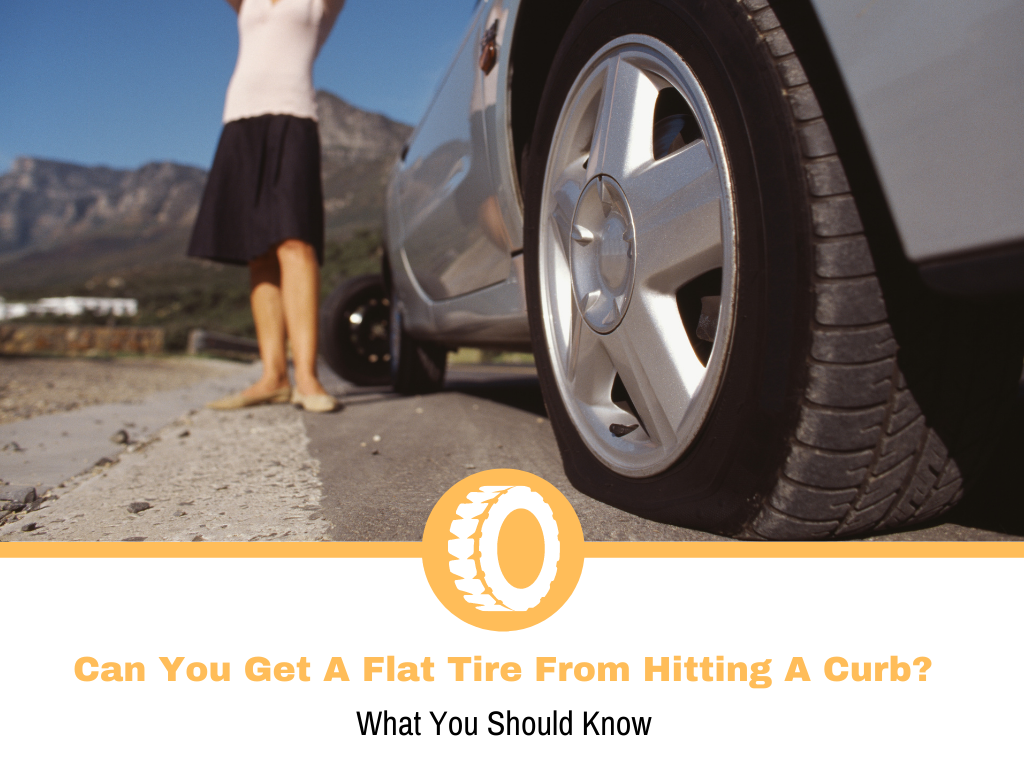
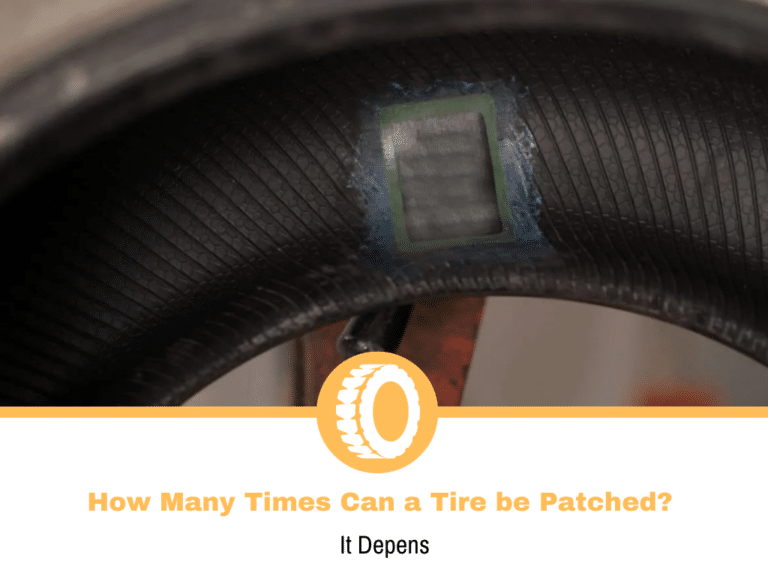
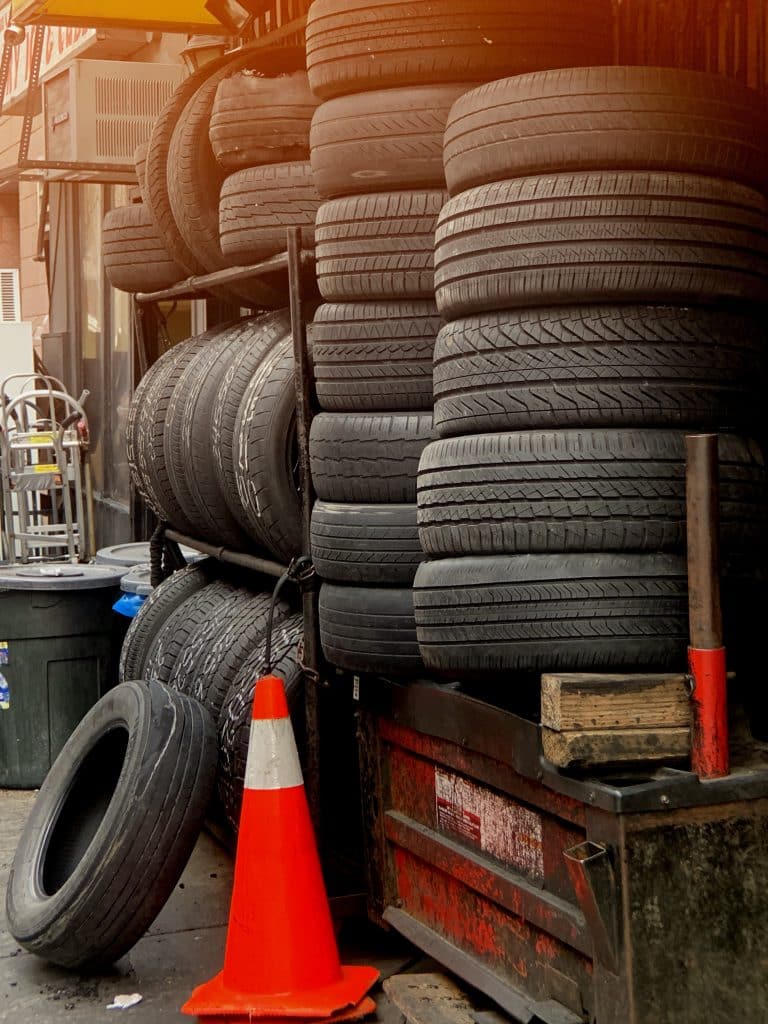
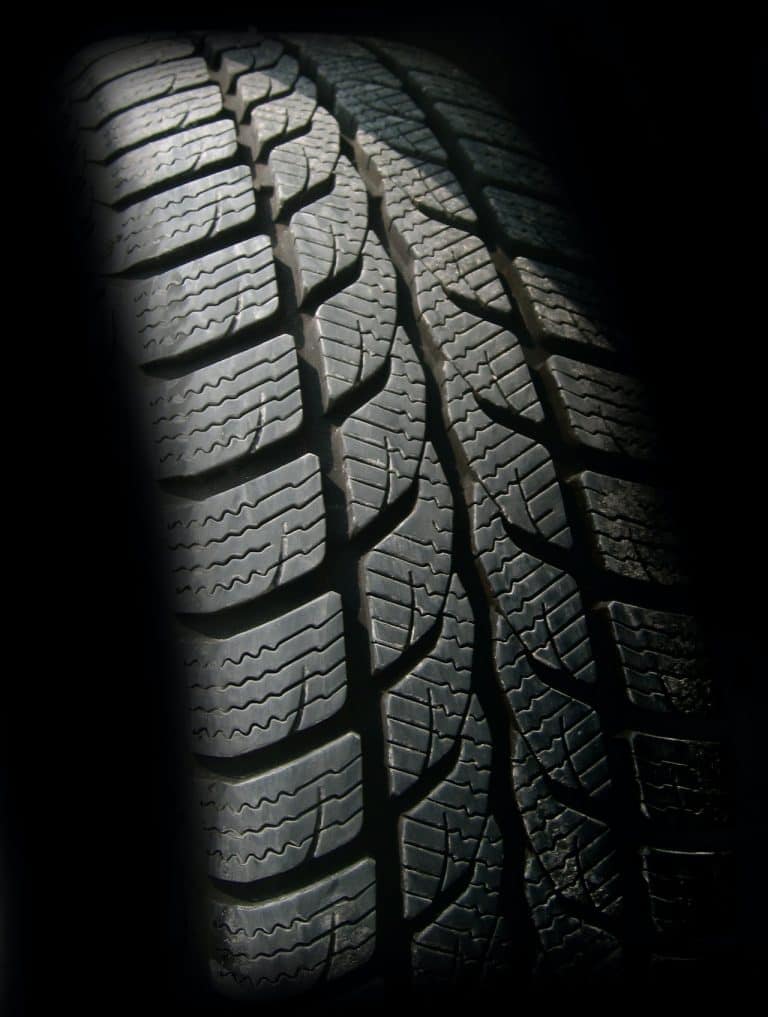

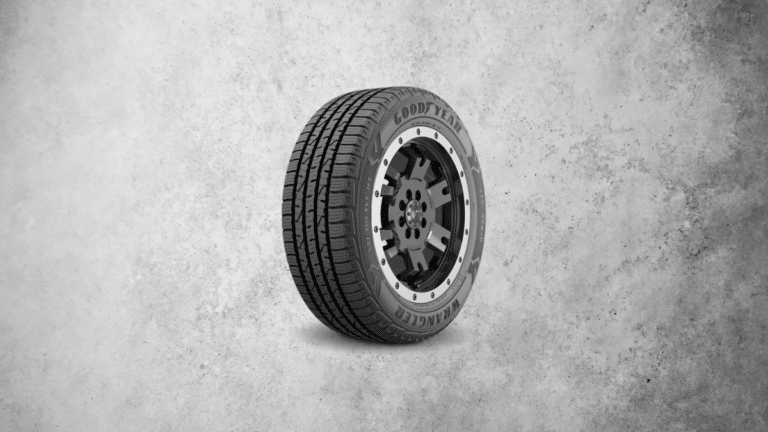

Hit curb- blew out the tire- replaced it-balanced and alligned- car is running bumpy-not smooth like before-I’ve had it to dealership-no one can find the problem